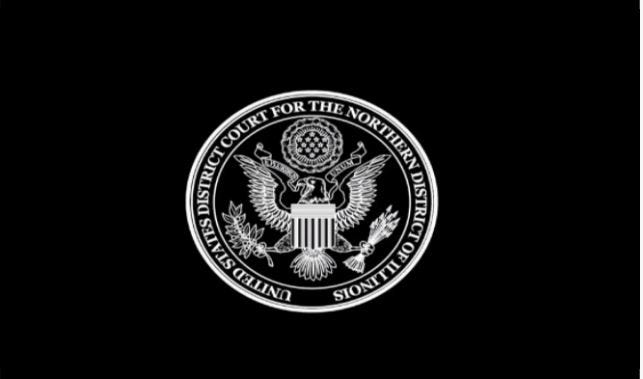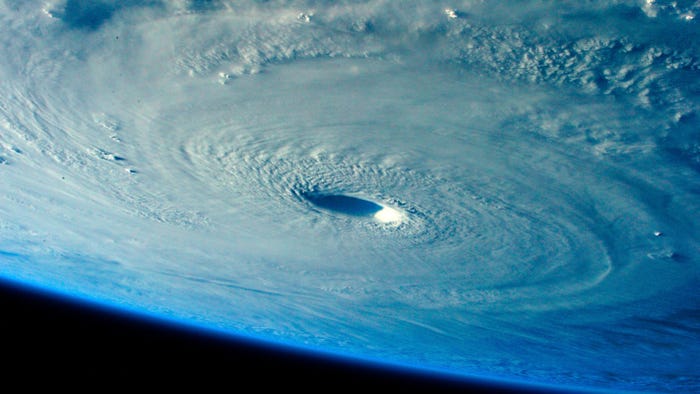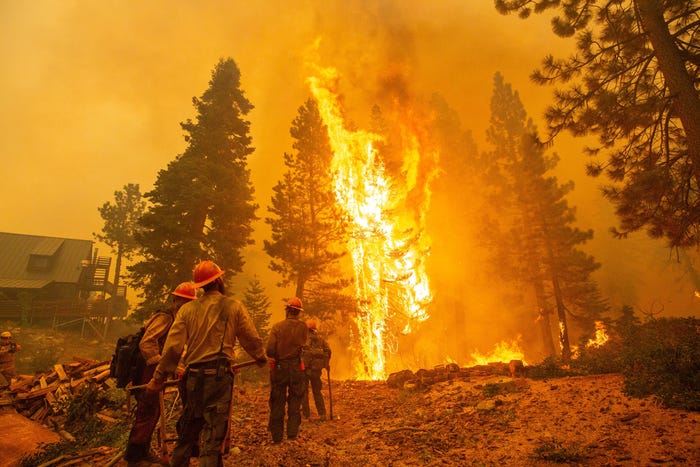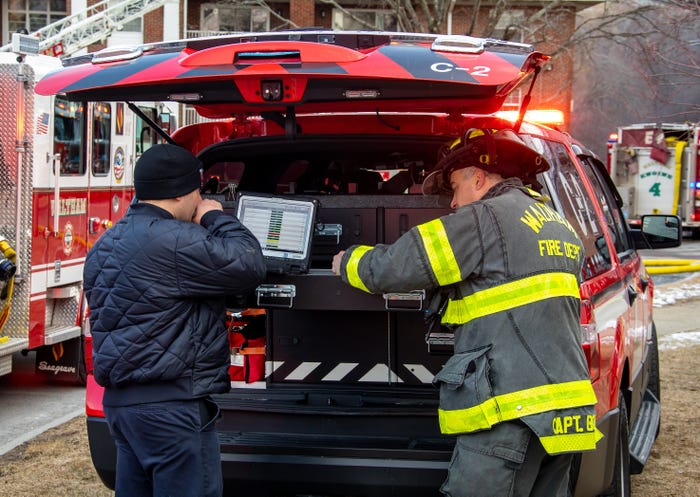Transportation departments take a look at social networkingTransportation departments take a look at social networking
According to Bill Brownlow, some state transportation departments are using social-networking sites such as Facebook and Twitter to get the word out when something goes awry.
September 14, 2011

 Last week I wrote about some of the headaches that public-safety agencies encounter when their members engage in social networking. That led to a note from Bill Brownlow, the telecommunications manager for the American Association of State Highway and Transportation Officials, who wanted to share a few thoughts gathered the last week of August at a conference in California sponsored by the National Academies of Science.
Last week I wrote about some of the headaches that public-safety agencies encounter when their members engage in social networking. That led to a note from Bill Brownlow, the telecommunications manager for the American Association of State Highway and Transportation Officials, who wanted to share a few thoughts gathered the last week of August at a conference in California sponsored by the National Academies of Science.
According to Brownlow, some state transportation departments are using social-networking sites such as Facebook and Twitter to get the word out when something goes awry. It could be something as benign as traffic congestion resulting from road construction to far more serious missives that alert the populace to road closures in the aftermath of a major accident or evacuation routes in the event of a catastrophe.
Social networking could be useful for transportation departments — or any public-safety agency for that matter — particularly in reaching younger people who increasingly are eschewing traditional communications platforms such as radio and television in favor of their mobile devices. But agencies must proceed with caution, Brownlow said. Misinformation is the bane of every public official who is dealing with an emergency situation and “re-tweets” in particular are a big concern, because it is likely that the original message will change with each iteration.
“When departments turn to Twitter, they don’t often think about governance, but they need to,” Brownlow said. “You have to control the feed. You have to ask yourself, ‘What kind of a can of worms am I going to be opening up?’”
Brownlow said that re-tweeting caused a bunch of problems in the aftermath of the tornados that flattened Joplin, Mo., this summer, as people were calling 911 about the tornados that they thought were bearing down on them, but actually were a couple of hundred miles away. This could have been a big problem, on two levels: first, the 911 telecommunicators had no idea what the frantic callers were talking about, which would have been confusing; second, those calls clogged the system, which may have prevented legitimate emergency calls from getting through.
“That’s the problem with social media,” Brownlow said. “Once it’s out there, it’s out of your control.”
However, there are a couple of steps that agencies can take to limit the damage, Brownlow said. The first would be to ensure that a public-information officer is in place to craft effective messages for both the media and the population at large, and to control how and where those messages are disseminated. The second would be to develop a standardized vocabulary for such messages. This would reduce the prospect of misinformation and would help recipients discern the original message from a re-tweet.
I suggested to Brownlow that better still would be for every transportation department to develop a GPS-based application via which they could communicate with their constituents. That way, they could control the message completely. I was thinking along the lines of the Weather Channel app that I have on my smartphone, which spews out advisories from the National Weather Service. He thought that was a dandy idea, especially if such an app had a geo-fencing component. For example, let’s say a freight train hauling several tankers that contain hazardous materials is rolling down the tracks. A geo-fence could be placed around that train, and the app could be used to push out alerts to the population should a derailment occur.
Or, such an app could be used to tell people to avoid a certain area and provide vital information regarding the severity of the event. Such a capability would have been quite handy in July 2007, when an underground steam pipe burst near New York City’s Grand Central Station. Many feared that the event was a terrorist attack, while others — oblivious to what happened — headed into the area, which hampered emergency response.
The limitation of such an app, of course, is that not everyone has a smartphone right now, but that is changing rapidly. By the end of this year, it is estimated that half of all wireless subscribers in the U.S. will be using a smartphone. It stands to reason then that one day soon virtually the entire populace will be carrying such devices. When that happens, such an application would be a must-have.
What do you think? Tell us in the comment box below.



